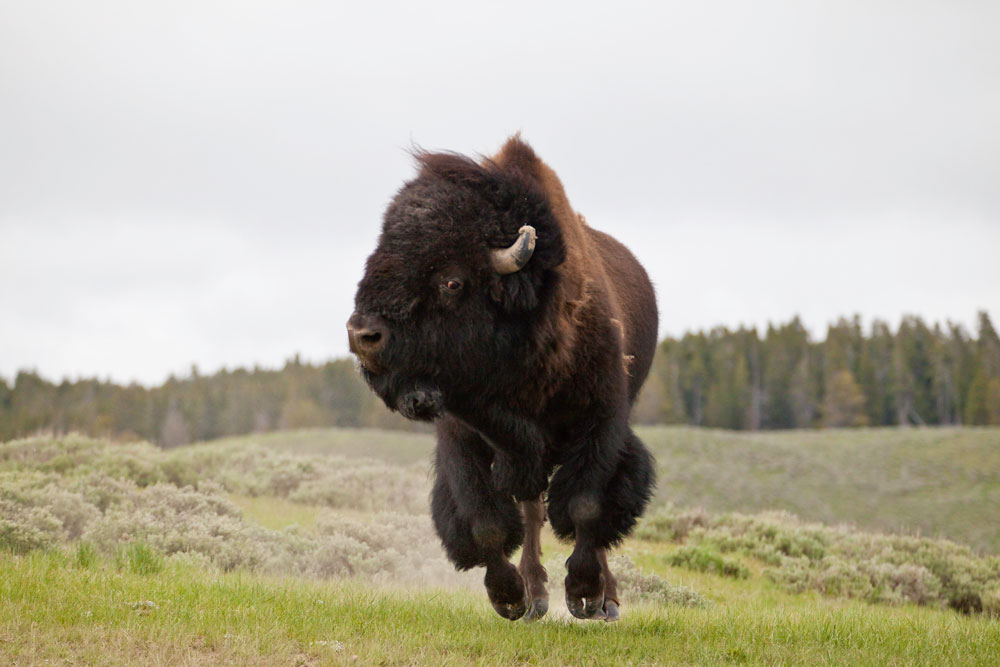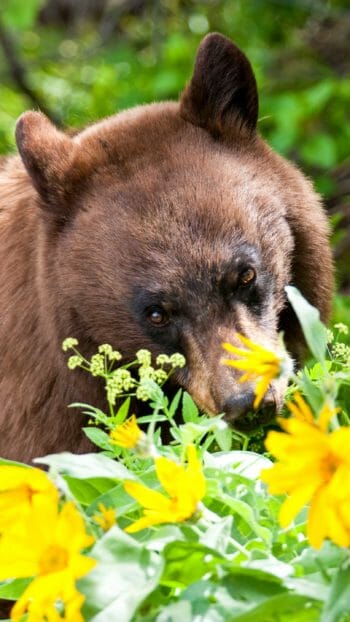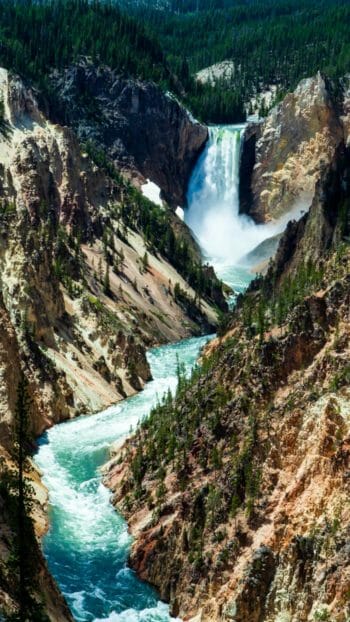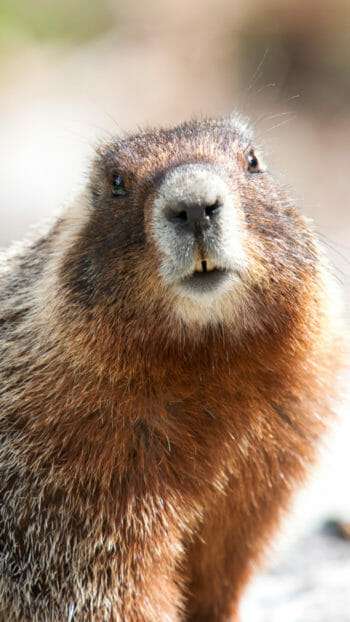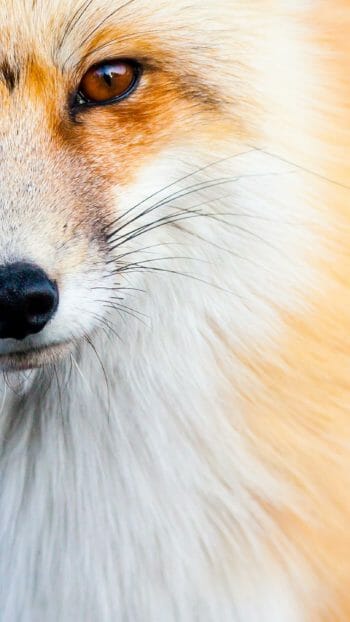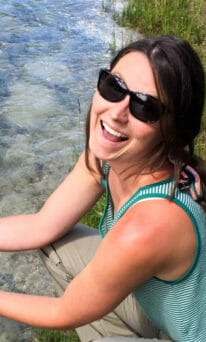Do Not Ride the Bison
… and other Suggestions
Jackson Hole, Grand Teton National Park and Yellowstone National Park are all full of exciting things to do, see and try. It is a unique place, therefore safety and etiquette are likely a bit different than back home and should be examined before venturing out. There are two main areas to take into consideration: the valley’s physical elements and its wildlife.
The Physical Elements of Jackson Hole
Most of the valley sits between 6,000- 6,500 ft and experiences long, cold, dry winters and short, cool, dry summers. We often get 150 inches of snow in the valley and 500 inches of snow on our peaks. According to NOAA, temperatures in the winter range from -20 F during the coldest cold snaps to just above freezing on a warm day. Summer temperatures usually range from about low 40’s for a cold morning to high 80’s on a hot day. Staying warm and crossing snowy terrain can pose risks even during mid-summer. We have lots of rivers and lakes in the valley which makes it a water sport haven, but can also make it quite risky.
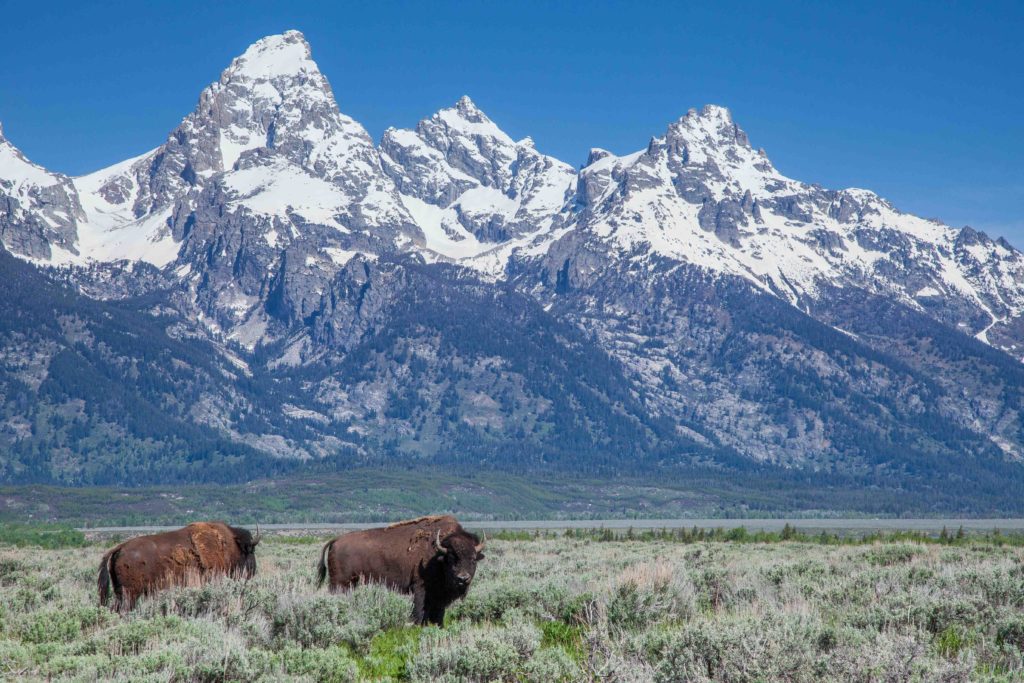
Weather & Clothing
With little humidity in the air to hold onto heat, temperatures fluctuate tremendously throughout the day. Also, since we are at a high elevation there is little atmosphere between us and the sun, making the solar rays feel much more intense. You may find that when you step under a tree and into the shade, or when the sun sets, the temperature may feel like it drops by twenty degrees almost instantly. You also may find that you become sunburned in a matter of minutes. To avoid being too hot or too cold, make sure you wear layers that you can easily take on and off. Sunscreen is always helpful, but not as effective as covering your skin with clothing or wearing a hat and sunglasses. It may seem counter-intuitive, but covering your skin with light colored, breathable clothing, can actually help your body stay cooler than a cotton tank top. This is why people that live in desert climates wear light colored, breathable, body-covering layers. Also, having clothing that wicks moisture effectively can help keep you warm and dry after exerting yourself, so when you stop you do not cool off too much or too quickly.
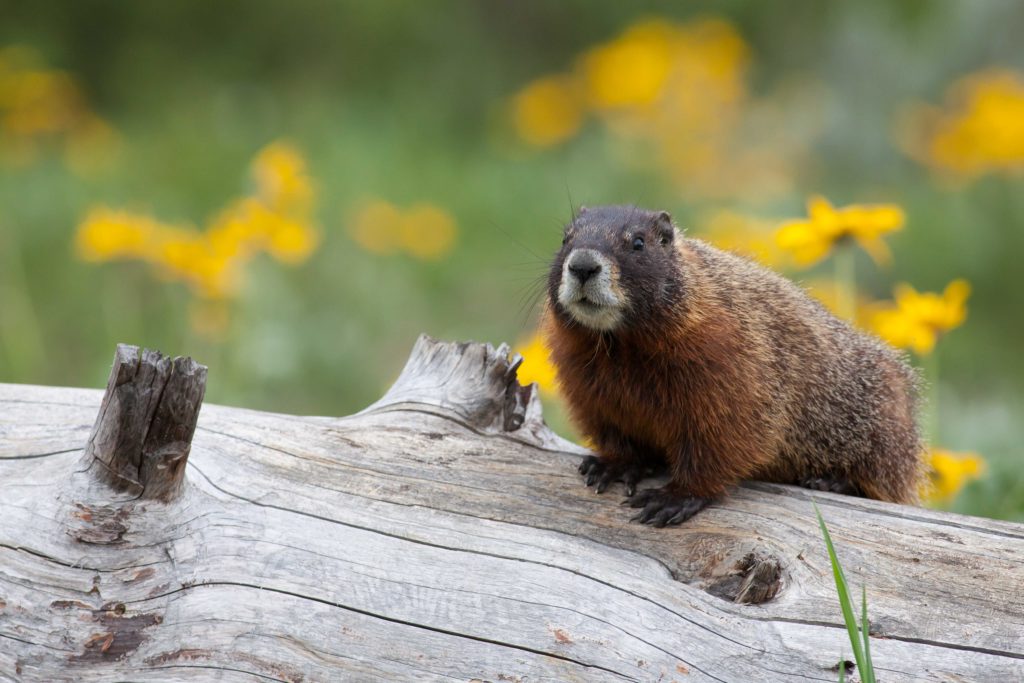
When layering, there are a couple tips to remember. One, generally try to avoid cotton to stay warm and dry. Two, areas to focus on keeping warm are your chest, your head, your feet and your hands. It is amazing how little you need to wear on your legs or arms if those things are kept toasty. Three, if you get wet from either snow, rain, or your own sweat, change into dry clothes immediately if it is cold out. Four, all things being equal, because it is drier here it does not feel as cold as more humid places. While 45 degrees may be down jacket territory near the coast, it may be t-shirt weather here if the sun is out and there is no breeze. Five, if you find that you have been cold for a while and you cannot seem to put on enough clothes to get warm again, immerse yourself in warm water. Take a hot shower, hop in the hot tub, drink a hot beverage. Consuming alcohol to warm up is not an effective solution, it’s just an illusion.
Stay Hydrated
If you have ever experienced a hangover, you will recognize the symptoms of dehydration. Both dehydration and hangovers can cause headache, fatigue, and nausea. You may even feel like you are coming down with something. So how do you avoid it? Drink water, even when you are not thirsty and make sure that you are eating enough to maintain your electrolytes. Be careful how much alcohol you consume while you are here, because even in humid conditions, alcohol will make you more dehydrated if you do not compensate by increasing your water intake. You may also notice during your visit that your skin feels like a grape being put into a dehydrator while the moisture is sucked out of you. Staying hydrated will help with this. If you are drinking plenty of water and you still are getting dry skin, sometimes the most effective thing to rehydrate your skin is not a $100 bottle of designer lotion, but $1.50 jar of petroleum jelly. Yes, even for your face. Your body will take some time to realize it needs to increase the amount of oils it produces and by the time it figures it out, you may be back on the plane going home.
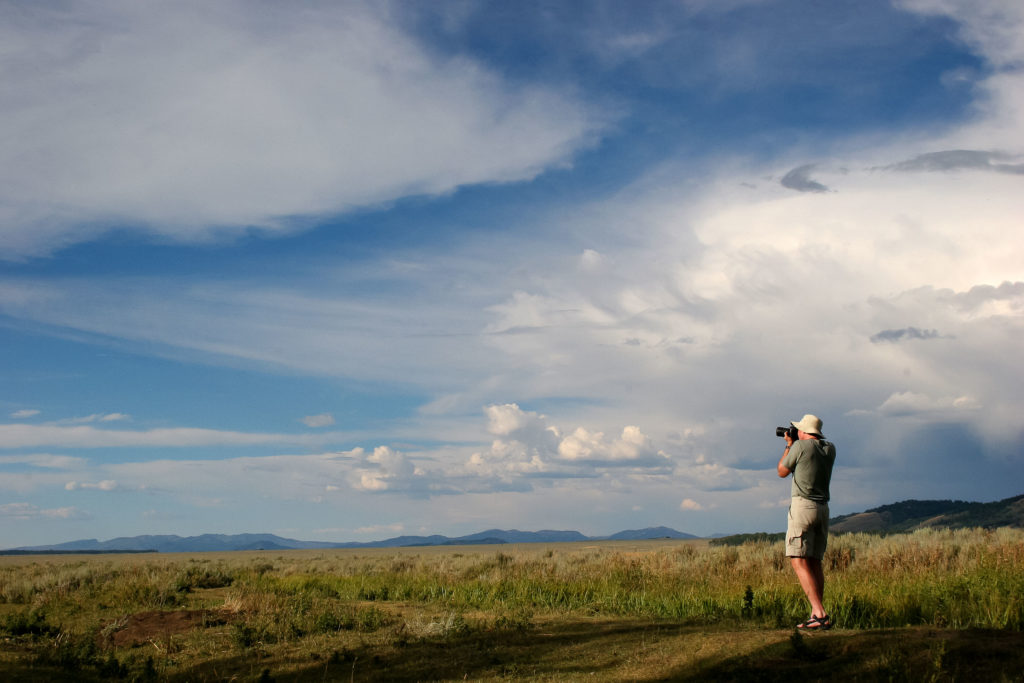
Traveling in snowy terrain can range from challenging to downright dangerous. Making sure you have the proper equipment and checking the avalanche conditions can mean the difference between having a great day in the mountains and not making it back. If the terrain and/or conditions are foreign to you, going with a mountaineering guide is always recommended whether it is summer or winter. The most trusted and experienced mountain guides in the valley are the Exum guides.
Teton County Search and Rescue uses the mantra, “If you don’t know, don’t go.”
The same rule of thumb can be applied to any activity, including water sports. Low flow does not necessarily equate to safey. In some instances, having more water means fewer exposed rocks. If planning on going rafting without a guide, it is recommended to check the local river report put out by a local rafting retailer. Also, for safety and for comfort, make sure you have the right gear. The water temperatures range from just above freezing to low 60’s F, throughout the year. A wet or dry suit can make a huge difference. Again, going with a guide is always the best option.
Jackson Hole Wildlife
Jackson Hole is famous for its tremendous animal diversity. It is one of the few places left where you can view the same animal species as they were before European Americans first came to the valley. Some of these animals could pose a serious threat to one’s safety if basic precautions are not taken. The main animals of concern are moose, bears, bison and humans, but any animal not given the proper distance could be dangerous. The National Park Service requires visitors to maintain at least 100 yards from bears and wolves, and 25 yards from all other wildlife. There is no animal in the valley that a human can outrun, not even Usain Bolt, fastest human on earth. Bison, bears, and members of the deer family can easily run more than 30 mph. Just because they are big, does not mean they are slow or cannot jump. Even a bison can jump 6 vertical feet from a standstill. It is important to understand animal behavior when discussing safety.
Moose are goofy looking creatures, but they are often grouchy and they like their personal space. If threatened, they may charge and even try to stomp you. A male moose can weigh between 700-1,500 lbs. One serious kick from a moose, or any larger member of the deer family, is powerful enough to crush a wolf’s skull.
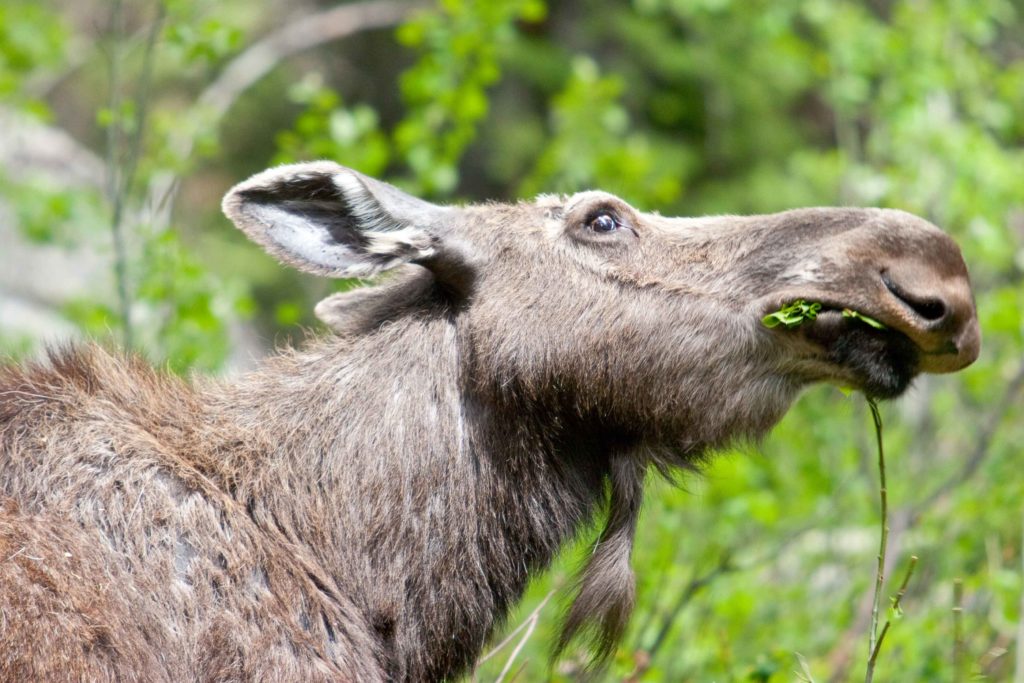
Bears are a real treat to see in the wild, but most people will agree that it is not as fun to come face to face with an unsuspecting bear. That being said, bears do not want to see you either. So when hiking, speak in normal to slightly elevated volumes. They have very good hearing and will usually ditch the trail long before you reach them. It is always recommended that you hike in “bear numbers” which is generally 3-4+ people. If you are alone, make noise, clap, talk to yourself, sing. Also, you can always ask to hike with people you run into on the trail. People are generally very friendly and you usually end up making a friend. If you run into either a grizzly or a black bear, slowly back away while keeping an eye on it and get out of there. NEVER RUN FROM A BEAR. Just like throwing a ball for Fluffy, fleeing humans kick in a grizzly’s prey drive, so running away from it will cause it to charge. A black bear’s main line of defense is running away and even running up a tree. A grizzly bear’s main line of defense is to charge. They usually will give you a bluff charge first, meaning they don’t plan on attacking you, but you’ll deploy your bear spray either way. You don’t have time to figure out what type of charge it is. You are more likely to run into a bear in the mornings and evenings, but you can run into one any time of day or night. Do not let bears scare you out of going for a hike. Come prepared, know what to do, and your chances of having a problem will be very, very low.
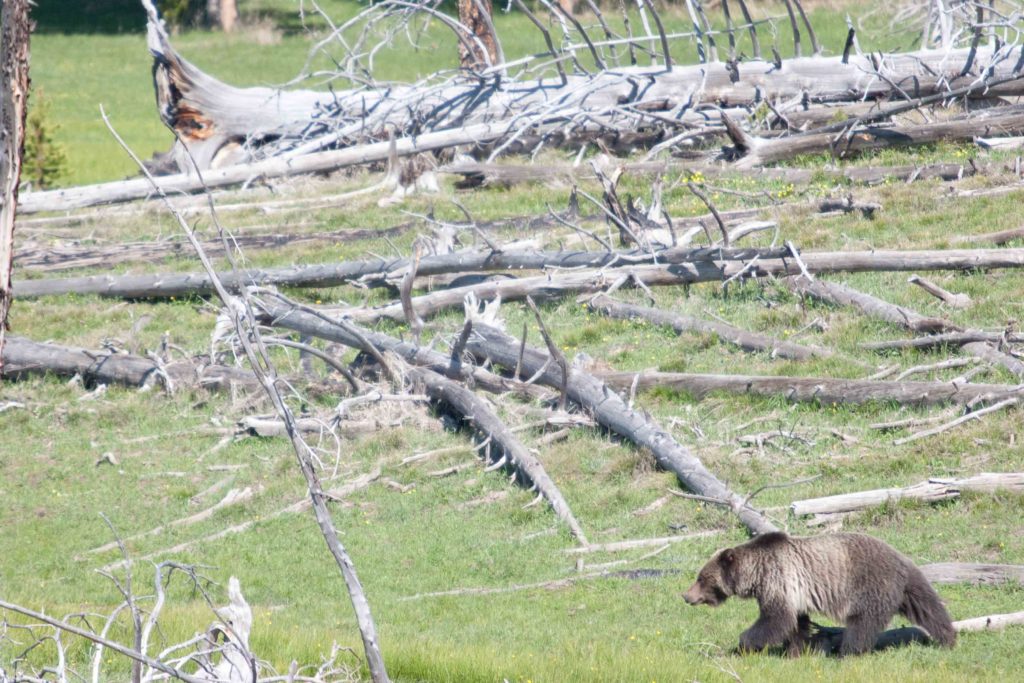
Bison are only the “dangerous list” because they are massive, have horns, and people often get way too close to them. They look docile and they generally are. However, never count on that, especially during mating or birthing season. Do not try to ride a bison. Do not be the parent that tries to put their kid on a bison to take a cute photo. Do not be the person who thinks a 4 foot fence protects you from the bison. They can easily clear that fence and charge you. Do not get close to a bison, turn your back and take a selfie with it. You may be taking a selfie of a bison goring you. Both males and females have horns. They use them to gore or to toss an animal (you) 10-12 ft in the air. According to the classic bedtime story, Deaths of Yellowstone, only two people in Yellowstone have ever been killed, but many have been severely injured.
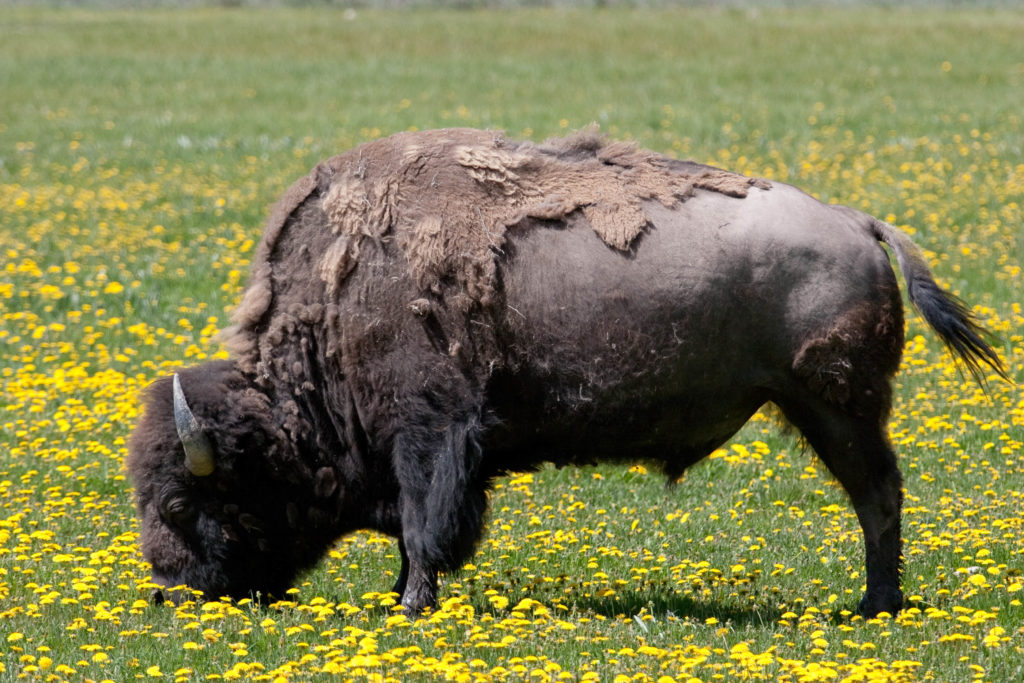
Bear spray should be called “animal spray”, because it is essentially high powered pepper spray and effective at stopping any animal, including humans. Yes, it is not cheap, (it will set you back between $40-$50), and you cannot fly with it, but you do need it even for a short hike. However, there are places in town to rent bear spray. When hiking, make sure the spray is some place that is quickly accessible to your hands. Having it in your daypack, still in the plastic, is going to be useless. If you see an animal that could pose a threat, have the spray in your hand and take the safety off. Do not spray the animal unless it charges! With no wind, the spray shoots about 30 ft. If the wind is blowing, take note of the direction. You do not want to spray yourself on accident if you can avoid it and in a headwind, it will not shoot as far. There is a slight kick-back from the bear spray, so start by pointing it towards the animals chest or feet, the chemicals will rise upward. Make sure you do not leave your bear spray in a hot car, it can explode and even total a vehicle. The chances that you will need to use bear spray are minimal, but you will wish you had it if you run into a problem on the trail.
In summary, be smart, be prepared, be respectful. Follow “Leave No Trace” principles. If you don’t know, don’t go. Take only pictures, leave only footprints, and please, don’t ride the bison.
Want to view wildlife during your vacation? Check out our best-selling wildlife safaris. Go with an experienced naturalist guide.

